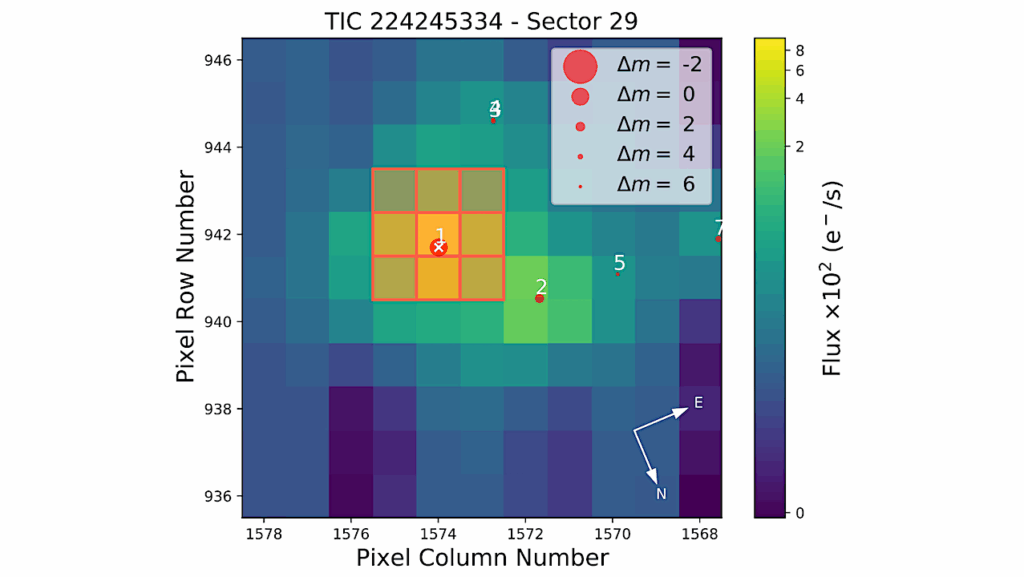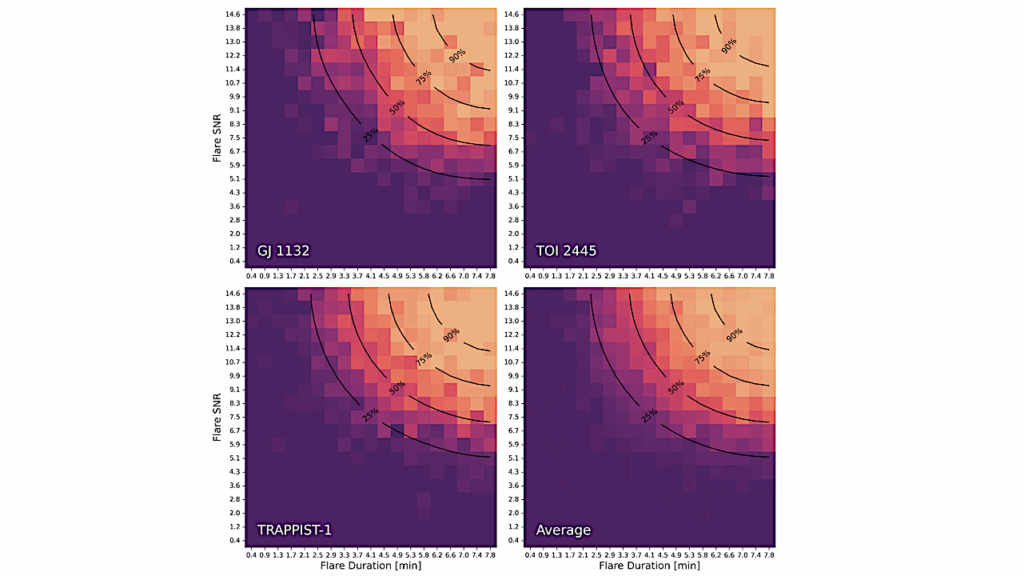Physically-motivated Basis Functions For Temperature Maps Of Exoplanets

Thermal phase curves of exoplanet atmospheres have revealed temperature maps as a function of planetary longitude, often by sinusoidal decomposition of the phase curve.
We construct a framework for describing two-dimensional temperature maps of exoplanets with mathematical basis functions derived for a fluid layer on a rotating, heated sphere with drag/friction, which are generalizations of spherical harmonics. These basis functions naturally produce physically-motivated temperature maps for exoplanets with few free parameters.
We investigate best practices for applying this framework to temperature maps of hot Jupiters by splitting the problem into two parts: (1) we constrain the temperature map as a function of latitude by tuning the basis functions to reproduce general circulation model (GCM) outputs, since disk-integrated phase curve observations do not constrain this dimension; and (2) we infer the temperature maps of real hot Jupiters using original reductions of several Spitzer phase curves, which directly constrain the temperature variations with longitude.
The resulting phase curves can be described with only three free parameters per bandpass — an efficiency improvement over the usual five or so used to describe sinusoidal decompositions of phase curves. Upon obtaining the hemispherically averaged dayside and nightside temperatures, the standard approach would be to use zero-dimensional box models to infer the Bond albedo and redistribution efficiency. We elucidate the limitation of these box models by demonstrating that negative Bond albedos may be obtained due to a choice of boundary condition on the nightside temperature.
We propose generalized definitions for the Bond albedo and heat redistribution efficiency for use with two-dimensional (2D) temperature maps. Open-source software called kelp is provided to efficiently compute these phase curves.
Brett M. Morris, Kevin Heng, Kathryn Jones, Caroline Piaulet, Brice-Olivier Demory, Daniel Kitzmann, H. Jens Hoeijmakers
Comments: Accepted in A&A
Subjects: Earth and Planetary Astrophysics (astro-ph.EP)
Cite as: arXiv:2110.11837 [astro-ph.EP] (or arXiv:2110.11837v1 [astro-ph.EP] for this version)
Submission history
From: Brett Morris
[v1] Fri, 22 Oct 2021 15:14:06 UTC (2,440 KB)
https://arxiv.org/abs/2110.11837
Astrobiology,








